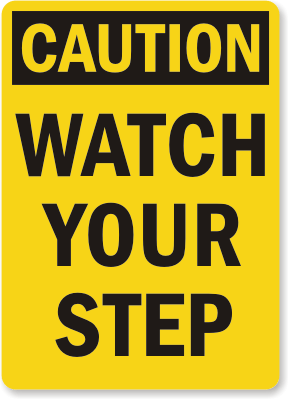How to Stop Subway Deaths
Subway platforms are clearly dangerous, but what can the city actually do to make them safer? (Via David Shankbone)
One of my favorite parts about taking the New York subway every day is the announcements. They come in two forms: one by the conductor, and then there’s the robotic, prerecorded voice that comes through the speakers.
“Please stand away from the platform edge.”
This phrase invokes my sense of readiness. I stop what I’m doing and pay attention. But honestly, I’m usually thinking about actually getting onto the overly crowded train rather than my own safety. However, in light of recent events, some politicians are encouraging us to take our commutes more seriously.
Last year, there were 55 subway deaths in New York City. Manhattan Borough President Scott Stringer said that this year “we’re really on pace now to hit 116.”
Stringer and City Councilman James Vacca have both urged the MTA to investigate subway safety. Meanwhile, the Transport Workers Union Local 100 told conductors to slow down before heading into a station. This all represents a growing public sentiment that action needs to be taken, however what that particular action should be is up for debate.
Three solutions are gaining popularity:
- Slowing subway trains as they arrive in the station from 30-35 mph to about 10 mph, allowing conductors more time to react should a person come into harm’s way.
- Generating more safety awareness through signs and increasing the frequency of audio announcements that warn of oncoming trains.
- Installing barriers or platform screen doors in station. These would drastically reduce any subway push deaths and accidental injuries. They would also reduce track litter that can cause track fires.
All of these solutions face criticisms from different groups. According to the MTA, slowing subway trains would delay arrivals, leading to more crowded platforms, which would in turn, exacerbate the issue. Slower service would also not be popular with the many every-day commuters.
Meanwhile, increasing awareness seems to be a no-brainer. It’s hard to argue that creating more signage and increasing announcements is a bad thing, but will it have enough impact? The subway is a distracting place; people use headphones, performers come and go, and the platform is often crowded. Still, authorities hope that constant auditory and visual reminders will help save lives.
Barriers have a more quantifiable effect in reducing subway injuries and deaths. If a barrier is in place, a rider waiting on a platform cannot be accidentally bumped or deliberately jump into an oncoming train. These systems are in place in major cities across the world and proven to be effective. The main argument against them, however, is that they are by far the most complicated and expensive safety solution.

Major cities across the world have platform screen doors, but are they worth the cost? (Via GTD Aquitaine)
Another argument against shielding the tracks from the platform is: perhaps we’re overreacting. Over a billion people ride the subway every year. Last year, 55 people died. But if you compare that to the enormous number of people who actually arrive safely, the percentage may seem more understandable. After all, it’s impossible for any system to completely rule out human error. Personal safety requires active caution: people just need to pay attention to their surroundings.
For now, while investigative probes are being launched and emergency meetings assembled, the MTA has overhauled their announcement system. The Automated Man will be putting in some extra hours. (We all appreciate it.)
We’d like to hear from you. What measurements does your city take with public transit? Do you think your city could make it safer?







